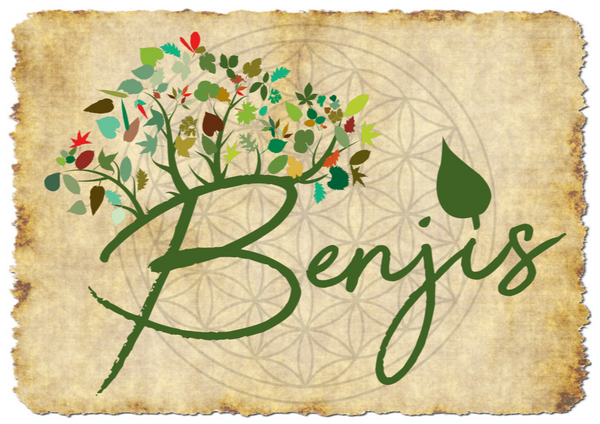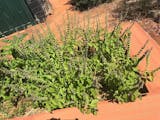The nasturtium is an ancient perennial tea, vegetable and medicinal plant that originates in South America. It was already known as a medicinal plant to the advanced civilization of the Incas, who used it to treat infected wounds. The frost-sensitive and fast-growing plant forms entire, shield-shaped, large and round leaves that spread to cover the ground or climb along trellises, fences or privacy walls and reach impressive sizes. Flowers, buds and leaves can be eaten raw or cooked. The aroma of the leaves is particularly strong with a slightly hot and spicy taste that is reminiscent of mustard or cress. The young buds are edible and can be marinated in vinegar, salt and oil and consumed like capers. The mature seeds can be dried and ground and used as a seasoning powder. A classic summer bloomer that is used as a natural antibiotic.
General information
Plant family: Tropaeolaceae
Life cycle: Perennial
Days to harvest: 100 days
Plant height approx.: 40 cm
Root type: Deep rooter
Nutrient requirements: Weak eater
Water requirements: Low
Winter hardiness: Up to 3 °C
Location: Sunny until semi shady
Soil: Permeable, loamy, sandy, humus
pH value: 6 to 7
Sowing and planting information
Germ type: Dark germinator
Sowing depth: 2-3 cm
Optimal germination temperature: 18-21 °C
Germination time: 10-21 days
Plant and row spacing: 50x100 cm
Optimal mixed culture: Potato, Pepper, Tomato, Zucchini, Fruit trees
Unfavorable mixed culture: -
Subtropic climate (Mediterranean) (e. g. B. Portugal, Spain, Italy)
We recommend pre-cultivation in small pots from February to June.
Moderate climate (e. g. B. Germany, Switzerland, Poland)
We recommend pre-cultivation in small pots from February to April, with planting out in May after the last frosts.
General
When pre-cultivating, sow the seeds in small pots and let the seedlings grow to the first visible nasturtium leaves. Then plant the pregrown plants from the pots directly into the open field. The seedlings are planted in the bed from the 2nd pair of leaves after the cotyledons.
Nasturtium prefers a sunny and wind-protected location with a permeable, humus-rich and sandy loam soil. Prepare the soil with seasoned animal manure. Avoid waterlogging.
Additional tips
Summer sowing reduces aphid infestation. Greater exposure to light on the plants leads to increased flower formation, while less light causes stronger leaf growth. A high supply of nutrients promotes leaf growth. High exposure to light increases the need for water. The rootstock survives in areas without ground frost and sprouts again in spring. In order to quickly obtain a fine, crumbly and permeable soil, we recommend additional incorporation of biochar and primary rock powder.
Type of propagation
It spreads via seeds or cuttings.
Plant care
Regular watering causes faster growth. Beds prepared with animal manure and planting in mixed culture replace additional fertilizer.
Germination ability of seeds: 2-3 years
Other Names
Botanical names: Tropaeolum majus
English names: Nasturtium
German names: Kapuzinerkresse
Portuguese names: Capuchinha, Nasturcio
Spanish names: Capuchina
French names: Capucine



![Nasturtium [Tropaeolum majus]](http://www.benjis.net/cdn/shop/files/Kapuzinerkresse-Nasturtium-Capuchinha-Tropaeolummajus-www.benjis.net.jpg?v=1710445316&width=1445)




